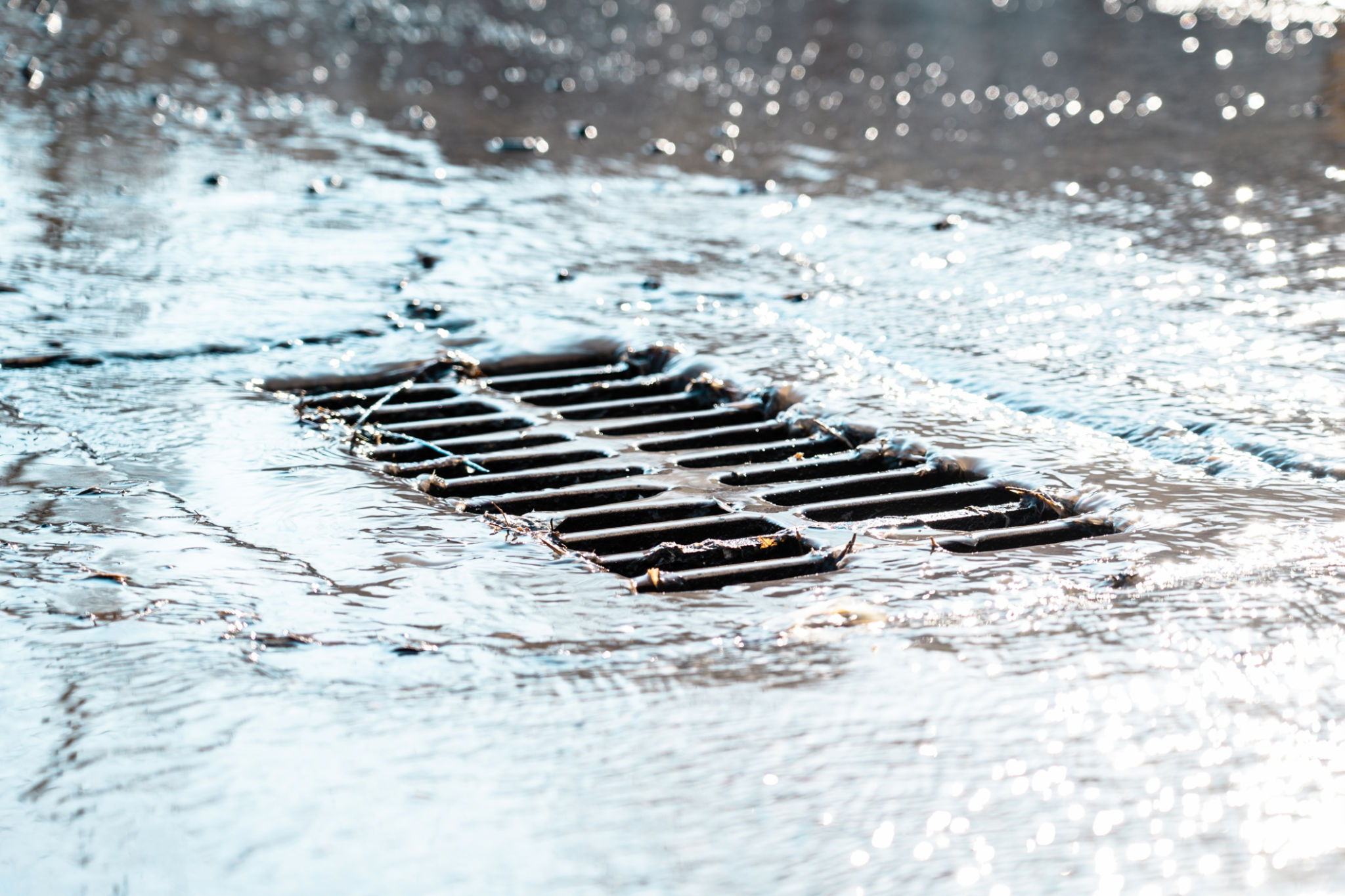Understanding Storm Water Systems: Key Considerations for SA Homeowners
Understanding Storm Water Systems
Storm water systems play a crucial role in managing the excess water runoff during heavy rainfall, especially for homeowners in South Africa. These systems are designed to prevent flooding and erosion by directing water away from properties and into designated drainage areas. Understanding how these systems work and what considerations need to be taken into account can help homeowners better manage their properties.

The Importance of Proper Drainage
Proper drainage is essential for maintaining the structural integrity of your property. Without it, water can accumulate and cause damage to your home's foundation, leading to costly repairs. Effective storm water systems ensure that water is channeled away efficiently, mitigating the risk of flooding and protecting your landscape.
Homeowners should regularly inspect their drainage systems to ensure they are free of debris and functioning correctly. Blockages can lead to backups and overflow, causing water to pool in unwanted areas. Regular maintenance is key to keeping these systems operating smoothly.
Components of a Storm Water System
A typical storm water system consists of several components, including gutters, downspouts, catch basins, and underground pipes. Each part plays a vital role in directing water away from your home. Gutters and downspouts collect rainwater from the roof, while catch basins capture surface water from paved areas such as driveways.

Underground pipes then transport this collected water to a safe discharge point. It's important to ensure each component is sized correctly for your property to handle the volume of water it may receive during a storm.
Local Regulations and Guidelines
When implementing or upgrading a storm water system, it's essential to consider local regulations and guidelines. Municipalities in South Africa may have specific requirements for storm water management that homeowners must adhere to. These regulations are in place to ensure that systems are effective and environmentally friendly.
Consulting with local authorities or a professional engineer can help you navigate these regulations and develop a compliant storm water management plan for your property.
Environmental Considerations
Beyond compliance, there are environmental factors to consider when designing a storm water system. Sustainable practices such as incorporating rain gardens or permeable pavements can enhance the effectiveness of your system while also benefiting the environment.

These solutions help reduce runoff volume and improve water quality by allowing water to infiltrate the ground naturally. They also offer additional benefits like enhancing local biodiversity and improving the aesthetic appeal of your property.
Choosing the Right System for Your Home
The key to managing storm water effectively lies in choosing the right system for the specific needs of your home. Factors such as property size, location, and typical weather patterns should all be considered when designing a storm water system.
Working with a professional who understands local conditions can help you select the most suitable components and design for your property, ensuring long-term effectiveness and peace of mind.
